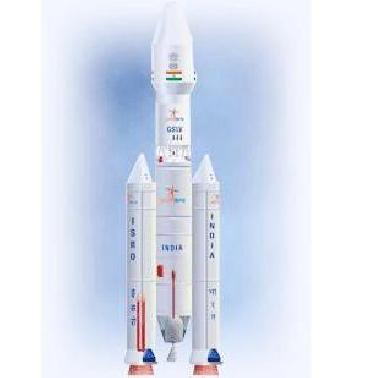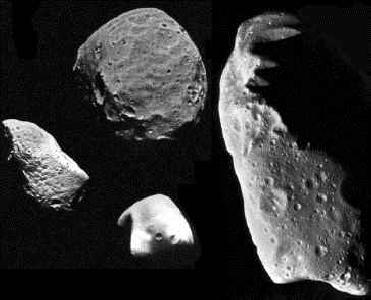
An artist's rendition of the Geosynchronous Satellite Launch Vehicle Mark III. Image Credit: ISRO.
THIRUVANANTHAPURAM (PTI): India will take a key step towards developing a powerful generation-next rocket capable of putting four tonne satellites in orbit when it tests the 200 tonne solid booster later this month.
The test launch of the Geosynchronous Satellite Launch Vehicle Mark III is expected next year.
"We are going to test the S-200, the solid booster, in the third week of January," Indian Space Research Organisation (ISRO) Chairman K Radhakrishnan told PTI on the sidelines of the 97th Indian Science Congress here.
ISRO scientists will also test the second stage which uses liquid propellant some time this month.
The ground tests are expected to be carried out at India's space port Satish Dhawan Space Centre, Sriharikota in Andhra Pradesh.
The GSLV Mark III will propel India into a select group of nations, including US and European countries, having capability to launch heavier satellites.
The rocket, which will be capable of carrying a one tonne spacecraft to Mars, will primarily be used to launch communications satellite.
In terms of fuel mass and length, GSLV Mark III's 200 tonne, 25 metre long solid boosters would rank after US Space Shuttle's booster (fuel mass of 440 tonne, 37.8 metre) and Europe's Ariane (fuel mass 240 tonne, length 31.6 metre).
The 42-metre-tall GSLV Mark III rocket with a lift off weight of 630 tonne is being designed to launch communication satellites weighing upto four tonne thereby making India self sufficient in respect of launch vehicle technology.
While communications satellites are placed in a higher geosynchronous transfer orbit, the GSLV Mk III will be able to put upto 10 tonne payloads in the low earth orbit, S Ramakrishnan, Director (Projects), Vikram Sarabhai Space Centre said.
ISRO's existing rockets - the three stage GSLV and four stage Polar Satellite Launch Vehicle (PSLV)- have a lower carrying capacity.
The current GSLV can carry a 2.5 tonne payload to the geo-transfer orbit while PSLV can put 1.6 tonne and 1.1 tonne satellites into polar orbit and GTO respectively.
 Previous Article
Previous Article Next Article
Next Article













The Indian Air Force, in its flight trials evaluation report submitted before the Defence Ministry l..
view articleAn insight into the Medium Multi-Role Combat Aircraft competition...
view articleSky enthusiasts can now spot the International Space Station (ISS) commanded by Indian-American astr..
view article